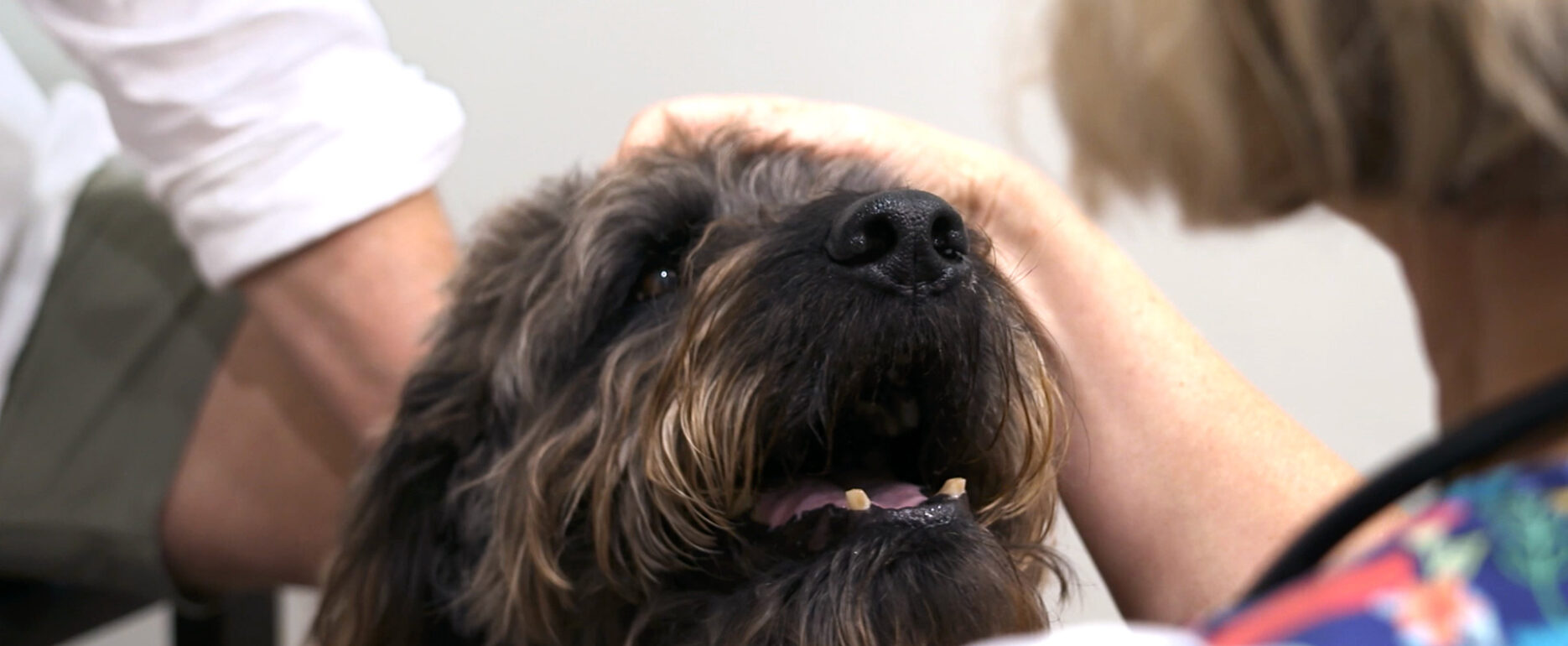Thinking of getting pet insurance? Congrats, it’s a smart move.
If your pet has an accidental injury or serious illness, pet insurance means you (and your vet) can immediately focus on getting the treatment your pet needs, instead of worrying about what you can afford.
In this blog, we bring you some tips on getting insurance that best suits your pet and your budget.



